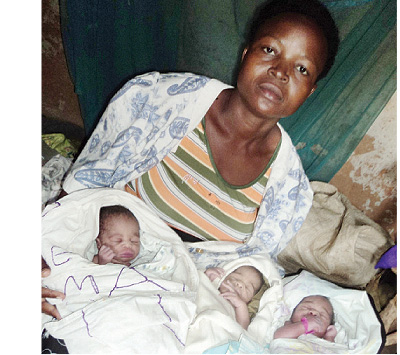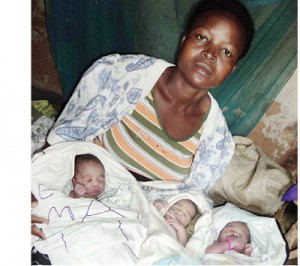Application process for 2013 fellowships now open
CEHURD (Center for Health, Human Rights and Development) invites journalists to apply for the 2013 intellectual property and human rights reporting fellowships. The fellowship is a one-year mentoring and capacity-building program for Ugandan journalists to report on issues cutting across intellectual property and human rights.
Introduction
Intellectual property (IP) refers to creations of the mind, which include inventions, literary and artistic works, symbols, names, images, and designs used in trade. IP rights are, therefore, the entitlements given to owners of IP, in form of patents, copyrights and others. These rights give the creator or inventor (holder of IP right) the legal right to prevent others from benefiting from their idea except with their permission. This protection aims, in principle, to promote innovation and creativity.
On the other hand, human rights principles and mechanisms require that IP rules do not stifle access to essential goods for the welfare of society, particularly in least developing countries (LDCs) with relatively lower levels of innovation. LDCs such as Uganda, are struggling to conform to new global standards of IP protection as prescribed by the multilateral Agreement on Trade-Related Aspects of Intellectual Property Rights (TRIPS Agreement).
Like other LDCs, Uganda is in the process of reforming the different commercial laws to align them with the TRIPS Agreement. As a result, the Copyright and Neighboring Rights Act, and the Trademark Act were enacted in 2006 and 2010, respectively. IP-related laws still in draft form include Industrial Properties Bill; Plant Variety Protection Bill; Trade Secrets Bill; Geographical Indications Bill; Competition Bill; and Counterfeit Goods Bill. Each of these laws and draft laws has serious implications for human rights in LDCs, including the very existence of their people.
At the same time, the coming of digital technology is increasingly making it difficult for owners of IP rights to restrict access to their ideas and innovations, and complicating the enforcement of IP laws. CEHURD and partners recently launched an initiative for open access to IP-protected work for public use. These “Creative Commons Licenses” are a unique scheme that balances the underlying principles of copyright laws with the reality of the Internet.
Purpose of the Fellowship Program
The CEHURD IP and Human Rights Media Fellowship Program aims to enhance the capacity of journalists in the mainstream media to appreciate the links between IP protection and social welfare, and the implications of the on going developments in the protection of IP rights at the different levels, and their implications for public health, access to educational materials, the right to food, and other human rights.
In 2013, the fellowship program will focus on:
-
The on going commercial law reform processes in Uganda and the East African region;
-
The on going dialogue around a possible extension to the transition period granted to LDCs to comply with the TRIPS Agreement; and
-
Alternative models for balancing the rights of IP owners and users, taking the case of the Creative Commons licenses and how it works for journalists and other information users;
Methodology
Successful applicants will attend a- two-day residential orientation training, and will be supported to identify and undertake follow-up activities. Selected candidates will be paired with a supervisor at the media house they are attached to, and linked with experts in the fields of IP and human rights who will provide technical guidance to the candidate to investigate story ideas they identify. The successful candidates will also participate in field visits to key organizations involved in IP work. The follow-up activities will not require full time work and will be supported through small grants.
Eligibility
Interested applicants should:
-
be journalists working with or attached to mainstream mass media in Uganda, including national (or East Africa level) newspapers, radio, or television;
-
commit to be available for the training, field trips and other follow-up activities between February 2013- December 2013;
-
Journalists reporting on policy issues (e.g. covering Parliament), and those with editing roles will have added advantage.
Application process
Interested candidates should express their interest in writing to CEHURD by email to info@cehurd.org with a copy to Primah on kwagala@cehurd.org
Applications should be sent by Thursday 28THFebruary 2013 and should be accompanied by the following:
-
A personal CV clearly showing qualifications, expertise and experience
-
brief information on the institution that they are attached to; their employment status and position; and any work they have done themselves related to trade, health, education or agriculture;
-
Confirmation that they are available for both the training workshop and the follow-up work.
-
Endorsement by the immediate supervisor/editor
Successful candidates will be notified by Thursday 7THMarch 2013. –Click here to down the call for applications poster




